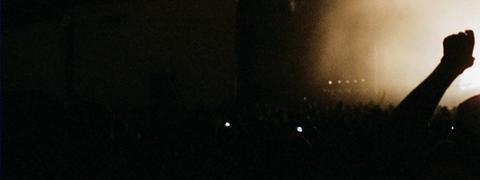[dropcap style=”font-size:100px; color:#992211;”]A[/dropcap] nation will live as long as the men who are willing to fight for it.
It all started from a demonstration in central Kiev, held by opposition parties on the night of 21 November, 2013. The protest demanded EU integration. Native Kiev citizens, students and even people from other cities joined the demonstration, which continued to be peaceful until 30 November.
The reason the peace did not hold was a violent order from the government to disperse all the protesters, during which some of activists were seriously injured by actions of the “Berkut” riot police unit. That moment was a crucial point in building momentum. The level of angry protesters has dramatically risen and has now reached about 800 000 people.
Brutal, corrupt government
Since November, protesters had been massing to stop political repressions against activists, students, civic activists and opposition leaders. Protesting against the re-election of a brutal, corrupt government and calling for president Viktor Yanukovych to resign. In addition, the protests voice an opposition to [political and economic] pressure coming from Russia, and include many participants there simply to fight for their basic human rights.
Over time the protest spread all over Ukraine and prompted a takeover of regional administration buildings all over the country. Europe and the USA, as well as opposition leaders, tried to negotiate with Yanukovych, but no solution to solve the problem was found, nor any response to the protesters’ demands.
Euromaidan
[quote]February 20 took the most
lives of the whole three months
of revolution. The whole square
where the confrontation was held
was set on fire[/quote]
The situation remained the same for a few more weeks until on January 23 on one of the main streets near “Maidan Nezalezhnosti” new conflict occurred between protesters and riot police. “Berkut” policemen had been blocking off the Cabinet of Ministers of Ukraine from activists, which latter then attempted to attack.
The event revived the “Euromaidan” movement in some way, as until then the revolution had been slowly going into decline. Following it, the situation started veering towards civil war. Now, in addition to President’s resignation, activists demanded that the Ukrainian Constitution be returned to its 2004 status, when amendments weakened the power of the President of Ukraine and give more power to Parliament.
February 20 took the most lives of the whole three months of revolution. The whole square where the confrontation was held was set on fire, 75 activists got shot by snipers, and during the fights between police and protesters about 700 people got seriously injured.
This led to negotiations between the foreign ministers of Poland, Germany and France, Ukrainian president, Viktor Yanukovych, and opposition leaders, to seek compromise and sign an agreement which would remove all police forces from “Maidan Nezalezhnosti”. In addition, this agreement would require the government to commit to an interim administration, constitutional reform and new parliamentary and presidential elections.
On the 21st of February Yanukovych disappeared from his mansion in Mezhigirya, and escaped from the country, his palatial house was finally exposed to the public and journalists.
Verkhovna Rada (Supreme Council of Ukraine) voted for disengagement of President Viktor Yanukovych and the appointment of early elections on May 25, 2014
For the past three days at Maidan Nezalezhnosti Square people and clergy have been paying their last tribute to those killed in clashes with the special police squad.
Whether these events will bring democracy in Ukraine, and thus let the country get one step closer to Europe is the pertinent question, as well as whether the new leaders will be able to improve the economy and restore order in the country and meet the needs and wishes of future Ukrainians.
Photo: Daniel Ebersole
Kseniya Godun is a Ukranian student.



















